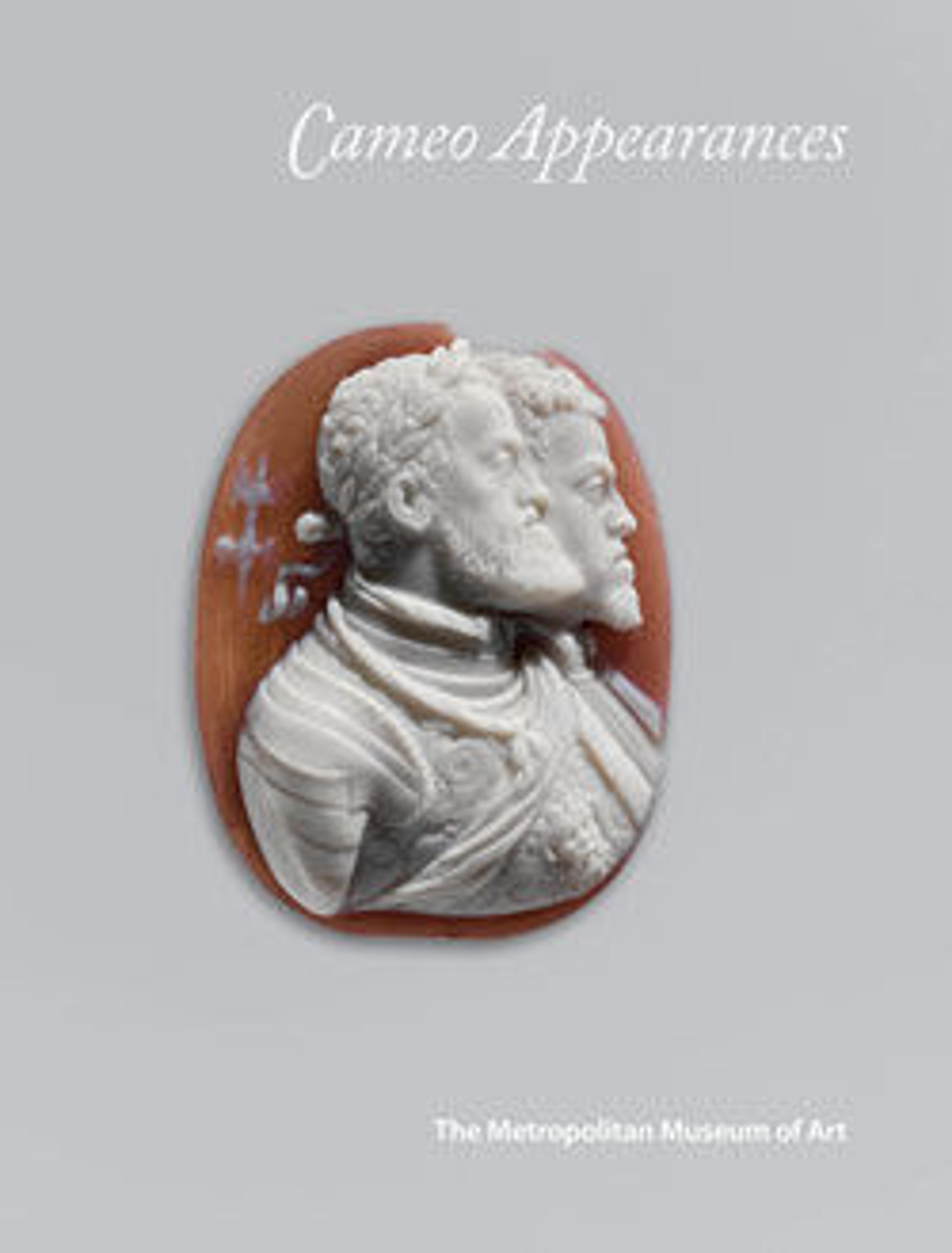Head of Hercules
The head of Hercules framed in a helmet formed by the open jaws of the Nemean lion, the dead beast’s paws tied around his neck, was a staple of Neoclassical glyptics inspired by ancient gems and coins (see also 40.20.37). Within the format endless variations could appear. Both this carving and 40.20.48 have three strata. The anonymous carver, who chose a stone so fiery it has even been wrongly said to be artificially colored, manipulated the pale middle layer to limn the blunt profile, offset between the reds of the ground and top layers. Maria Elisa Pistrucci worked closely from a composition by her father (art market, Rome, 2007), who invented a younger, more lyrical type of Hercules. The dappled brown stone she selected produced, simultaneously, greater legibility and greater subtlety. The lion skin emerges clearly from the dark top layer, all the facial features were excavated from the middle white layer, and irregularities in the translucent bottom layer provide an appealing foil.
Artwork Details
- Title:Head of Hercules
- Date:mid-19th century
- Culture:Italian, probably Rome
- Medium:Sardonyx
- Dimensions:Overall (confirmed): 2 9/16 x 2 in. (6.5 x 5.1 cm); 64.8 x 51.1 x 14.8 mm
- Classification:Lapidary Work-Gems
- Credit Line:The Milton Weil Collection, 1940
- Object Number:40.20.19
- Curatorial Department: European Sculpture and Decorative Arts
More Artwork
Research Resources
The Met provides unparalleled resources for research and welcomes an international community of students and scholars. The Met's Open Access API is where creators and researchers can connect to the The Met collection. Open Access data and public domain images are available for unrestricted commercial and noncommercial use without permission or fee.
To request images under copyright and other restrictions, please use this Image Request form.
Feedback
We continue to research and examine historical and cultural context for objects in The Met collection. If you have comments or questions about this object record, please contact us using the form below. The Museum looks forward to receiving your comments.
